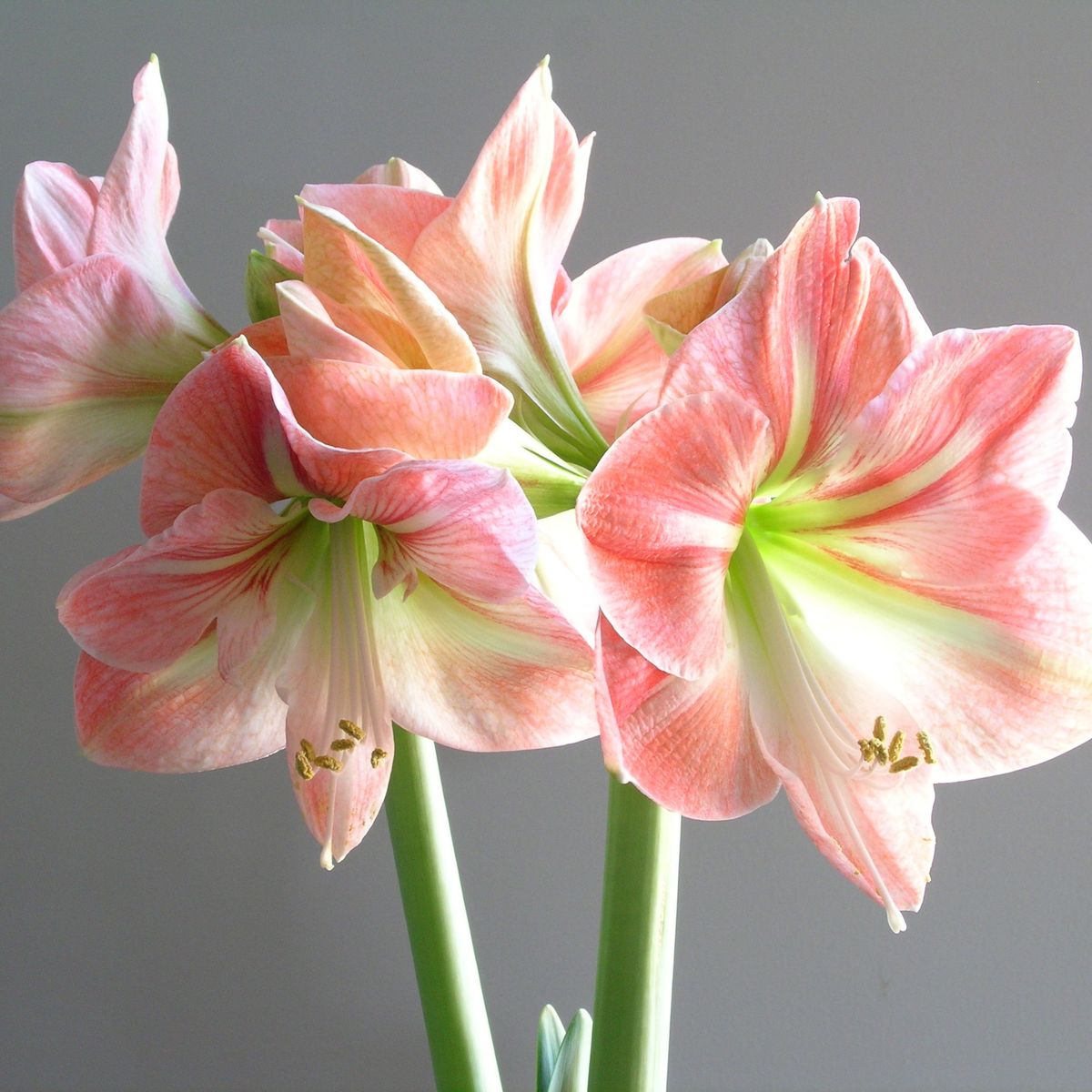When I first started gardening I emulated the grasshopper in the old fable, “The Ant and the Grasshopper”. Like that high-living insect, I basked in the summer sunshine, cultivating and enjoying my flowers. I didn’t plan for the lean cold days of winter, because I hadn’t the slightest interest in my garden during the months of November, December and January. When the plants went dormant, so did my interest in gardening.
But gradually my horticultural heart and soul began to broaden, and I started to view the garden as something more than a riot of seasonal color. I still love flowers in abundance, but I have grown fond of plants with interesting or colorful leaves. There are times when I find myself entranced by some of the ornamental grasses, and I have gained an appreciation for trees of all kinds. Now, at the end of the growing season, I find myself gravitating to those plants that bloom at the end of winter or in the very earliest days of spring. No matter how many weeks of wintery weather we have in this particular year, the days are bound to seem long and dark. I can’t imagine anything better than looking out on a January day and seeing something—anything—in bloom.
A few weeks ago I bought a winter-flowering jasmine (Jasminum nudiflorum), a small shrub with a fairly low spreading habit that reminds me a bit of cotoneaster. Native to China, this jasmine has long slender branches and small oval-shaped leaves. It comes into its glory at the end of winter (or early spring, depending on where you and it are planted), when it sports fragrant yellow blooms. I like to imagine that I will be able to go out and enjoy the winter-blooming jasmine while I am checking the forsythia to see whether it is ready to be cut for indoor forcing.
Just about every gardener knows that witch hazel (Hamamelis molis) breaks out in fragrant spidery yellow or orange flowers at winter’s end, but there are many who are unfamiliar with its relative, winter hazel (Corylopsis), another early bloomer with flashier flowers of equal or greater fragrance. One of the more popular species of winter hazel is buttercup winter hazel (Corylopsis pauciflora), which has pale yellow, bell-shaped flowers and reaches a height of 5-6-feet tall and wide. Spike winter hazel (Corylopsis spicata) is a little bigger, 4-7 feet tall and 6-10 feet wide, with brighter yellow flowers. For those who don’t like yellow, or must have a little purple somewhere, there is Corylopsis willmottiae var. ‘Spring Purple, which is as big or bigger than spike winter hazel, with racemes of purple flowers.
In my former garden I had a wonderful specimen of Daphne odora ‘Alba’, a small shrub that only reaches 3-4-feet high, thrives in containers and doesn’t mind shade. I would happily have given it a coveted sunny spot just to inhale the fragrance of its blossoms in early spring. Daphne odora’s leaves are dark green elongated ovals and the fresh white flowers are born in rounded clusters. I don’t know why this shrub is not more popular, except that it tends to grow rather slowly. It is worth the wait, as is its cousin, Daphne mezureum. Daphne mezureum is a little bigger, growing 3-5 feet tall. Its fragrant rosy purple flowers tend to come very early, sometimes at winter’s end.
There is nothing that compliments late winter and early spring-blooming shrubs better than masses of crocuses, snowdrops or winter aconite planted at their feet. Winter aconite look like low-growing buttercups, and in my garden they appear even before the snowdrops. This year I am going overboard on crocuses, especially the little snow crocuses (Crocus chrysanthus). My favorite Crocus chrysanthus is ‘Cream Beauty’, which, as its name suggests, has cream flowers with bright orange stamens. I also like Crocus tommasinianus. It has purple petals with a white interior, making it a wonderful foil for ‘Cream Beauty’. The best thing about all these little bulbs is that they are dirt cheap, so you can indulge in hundreds without seriously denting your wallet. For those who shrink at the thought of digging all those planting holes, I have one word—trenches. If you dig a few relatively broad shallow (3-inch deep) trenches in spots where you want to plant your little bulbs, you can install them en masse and save a lot of work. In the spring you will have swathes of color, and the effort will have been forgotten.
If you move quickly, you can still order and install early spring-blooming shrubs. For winter hazel, contact Forest Farm, 990 Tetherow Road, Williams, OR (tel. 541/846-7269 or online at www.forestfarm.com). Daphne is available from Wayside Gardens, 1 Garden Lane, Hodges, SC 29695 (tel. 800/845-1124 or online at www.waysidegardens.com).![]()
Contact
Elisabeth Ginsburg
Press Here!
Yellow Rose
SWORD LILIES
CHANGE IN THE GARDEN
UNFORGETTABLE
FRESH VEGGIES











